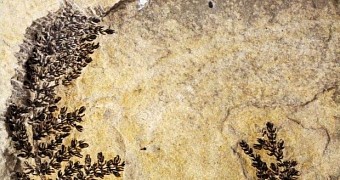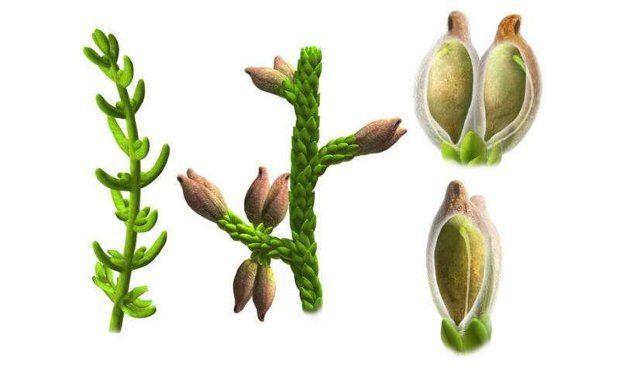Indiana University scientist David Dilcher and fellow paleobotanists at research institutes in Europe believe to have found the first flowering plant ever to grow on Earth. Well, either that or at least one of the earliest ever documented.
The newly identified species, named Montsechia vidalii and described in a study published in the journal Proceedings of the National Academy of Science this Monday, grew on our planet around 125 to 130 million years ago.
Interestingly, it didn't really produce flowers
According to David Dilcher and his colleagues, Montsechia vidalii was an aquatic plant, its preferred habitat freshwater lakes in present-day Spain. Based on fossil evidence, the researchers suspect the plant was a dominant species in these bodies of water.
What's interesting is that, although an angiosperm, i.e. a fruiting plant, the now extinct Montsechia vidalii did not produce flowers per se. Rather, it managed to form the fruits containing its seeds without having to first bloom.
“Montsechia possesses no obvious 'flower parts,' such as petals or nectar-producing structures for attracting insects, and lives out its entire life cycle under water,” researcher David Dilcher said in an interview, as cited by Phys Org.
The reason the paleobotanists are describing Montsechia vidalii as one of the earliest flowering plants on Earth - if not the first ever - is because, to biologists, all plants that deliver their seeds inside fruits count as flowering ones.
Mind you, the plant has competition to the title
David Dilcher and his colleagues might like to think of Montsechia vidalii as the earliest angiosperm ever to grown and breed on Earth, but the fact of the matter is there are other contender to this title.
For instance, there's Archaefructus sinensis, another aquatic plant that grew in present-day China many millennia ago. The two species evolved around the same time, but, at least for now, scientists can't say for sure which of them was the first to emerge.
Au contraire, they're just making educated guesses that it was Montsechia vidalii that won this race. “Based on this new analysis, we know now that Montsechia is contemporaneous, if not more ancient, than Archaefructus,” said David Dilcher.

 14 DAY TRIAL //
14 DAY TRIAL // 

